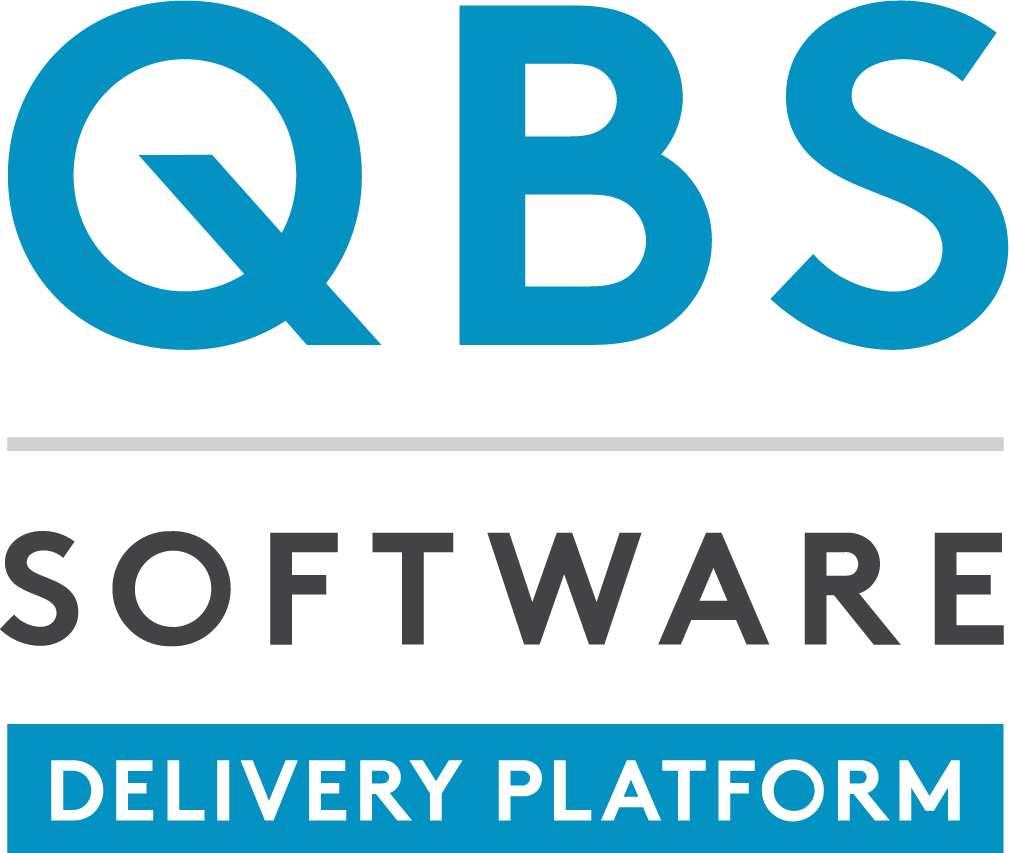
Need more information on this product?
Please contact us on +44 (0)20 8733 7100 or via our online form.
If you are not currently a customer, you can apply for an account.
Graphical package for Web applications.
WebCharts 3D is a visualisation package for professional Web developers that provides general purpose and specialised 2D and 3D charts and grids and delivers content as applets or server-generated JPEG, PNG, GIF, WBMP images to Web browsers and mobile devices. Charts and grids can be bound to a database, Microsoft Excel, files, URLs, ODBC and JDBC sources and ADO recodsets. The parameterised SQL queries collect the values provided by the end-user and can update the charts and tables without the need to refresh the page. Plug-ins are available for Visual InterDev, ColdFusion Studio and Microsoft FrontPage to configure the chart data source and styles in WYSIWYG mode. WebCharts generates HTML, ASP, JSP or CFM code from the template files.
WebCharts 3D is a visualisation package for professional Web developers that provides general purpose and specialised 2D and 3D charts and grids and delivers content as applets or server-generated JPEG, PNG, GIF, WBMP images to Web browsers and mobile devices. Charts and grids can be bound to a database, Microsoft Excel, files, URLs, ODBC and JDBC sources and ADO recodsets. The parameterised SQL queries collect the values provided by the end-user and can update the charts and tables without the need to refresh the page. Plug-ins are available for Visual InterDev, ColdFusion Studio and Microsoft FrontPage to configure the chart data source and styles in WYSIWYG mode. WebCharts generates HTML, ASP, JSP or CFM code from the template files.
WebCharts 3D - Features
WebCharts 3D is a visualisation package for professional Web developers that provides general purpose and specialised 2D and 3D charts, grids and heat maps and delivers charts as applets or server-generated images to the Web browsers and mobile devices or incorporates them into applications as Java Beans or Active/X controls.Features include:
- 2D and 3D Charts: including bar, column, cone, cylinder, cone and cut, cylinder and cut, line, area, scatter, curve, surface, bubble, ring, pie, Gantt, candle, stock, floating bars, histogram, profile, timeline and distribution. Different styles can be assigned to the different data series to create the combination charts. The charts support multiple axes
- Editable Grid and Heat-map Controls: the table controls support resizable, movable and sortable columns and rows, single and multiple row, column and cell selections in Unix and Microsoft Windows compatible modes, automatic or user-defined row and column label and element sizes and multiple cell renderers, editors and preferences objects
- Data Cconnectivity: retrieve data from ADO, ODBC, EXCEL and URL and text files, implement pagination and perform searches using parameterised SQL queries. Update the contents of the charts and grids with or without refreshing the page when the new results are received from the server. Develop the pages in InterDev, ColdFusion Studio or Microsoft frontPage to avoid writing code while performing complex data drilling down
- Applet Rendering: the chart or table rendered as an applet in a Web page or used as an Active/X or Java Bean component provides flexibility. The attributes including fonts, formats and other chart and table styles can be modified by the end-user. The OnClick event is supported by applets and images and the applets provide OnChange, OnRowLabelClick and OnColLabel click events. Process events by implementing event handlers
- Interactive Server-generated Image Rendering: ASP and JSP image server components create images on the fly and provide a byte stream or a reference with the image map. Control the image caching policies including the image expiry interval after which the image is considered invalid, disk or memory cache location, resource pool management and garbage collection rules. The expired images are removed from the cache and the files deleted from the disk. The package includes the ASP and JSP server console windows that enable an administrator to track the performance of the image server components. Develop the pages using Visual InterDev, ColdFusion Studio or Microsoft FrontPage to switch between applets and images by clicking on a combo-box
- Design-time Control and Wizards: plug-ins that can be used with InterDev, ColdFusion Studio and Microsoft FrontPage to create pages in WYSIWYG mode, cut, paste, move, resize the charts and the grids, bind them to the data sources, specify the chart presentation attributes, define event handlers and choose how to present the charts and grids. The plug-ins produce the HTML, ASP, JSP or CFM code based according to the template files provided with the product
- API and XML Formats: use XML as the native format for the presentation attributes and the contents. Use XML or employ the API functions to specify and modify the styles and data and process the end-user events on the client and on the server side
- Documentation and Samples: HTML format documentation and samples are available.

